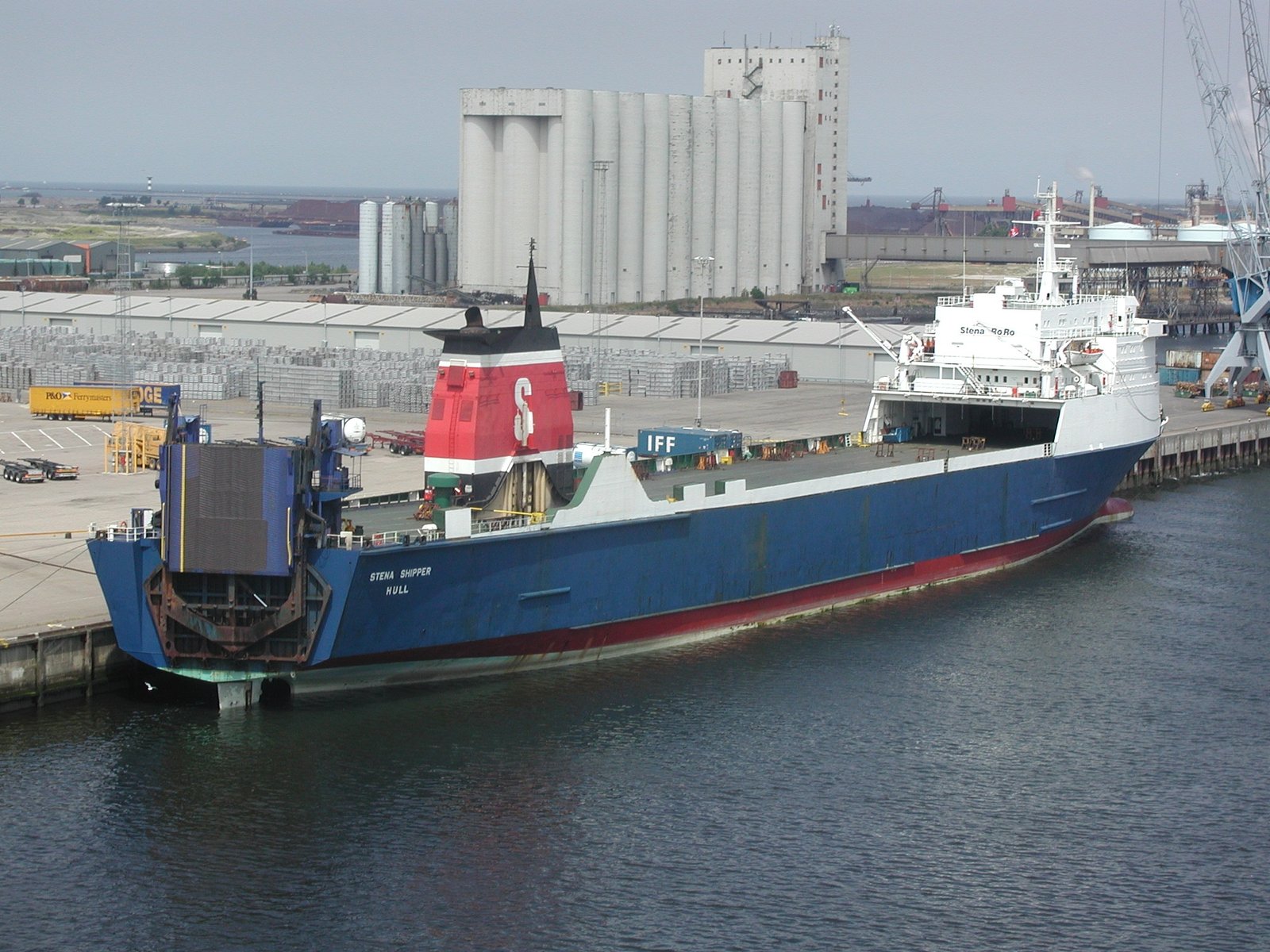Ever Been Surprised by an Unexpected Fee on Your Freight Invoice?
You’re not alone.
Imagine this: your full truckload (FTL) shipment went off without a hitch—on-time pickup, no damage, smooth delivery. But then you get the bill. What’s this “detention fee”? And why does it say “lumper services”?
Welcome to the world of FTL accessorials—the often-overlooked charges that can sneak up on shippers if they’re not fully informed.
In this guide, we’ll break down what direct shippers need to know about FTL accessorials, why they matter, and how to avoid being blindsided by them. Whether you’re new to freight shipping or looking to tighten your logistics game, this is essential knowledge.
What Are FTL Accessorials?
Let’s start with the basics.
FTL accessorials are additional charges that apply when your freight shipment requires services beyond standard pickup and delivery. These charges can affect your bottom line and cause major confusion if you’re not expecting them.
Common Accessorial Charges Include:
- Detention Fees: When a driver waits beyond the allotted free time (usually 1–2 hours) at pickup or delivery.
- Lumper Fees: Charged when third-party labor is needed to load/unload a trailer.
- Layover Charges: If the driver must wait overnight due to scheduling or dock availability.
- Reconsignment Fees: If the delivery location changes after the shipment is en route.
- Driver Assist: When the driver is required to help with loading or unloading.
- TONU (Truck Ordered Not Used): When a truck is scheduled but the shipment is canceled too late.
These aren’t hidden fees—they’re listed in the carrier’s tariff or service agreement. But if you don’t know to look for them, they can feel like they came out of nowhere.
Why Should Direct Shippers Care?
If you’re a direct shipper, meaning you manage your own freight and work directly with carriers or brokers, it’s on you to know what might cause an accessorial charge.
Here’s why this matters:
- Cost Control: Some accessorials can add hundreds of dollars to a single shipment.
- Carrier Relationships: Surprises and delays strain relationships with your carriers.
- Operational Efficiency: Avoiding these charges often requires better planning—not more money.
A 2023 report from FreightWaves found that detention fees alone cost U.S. shippers over $1.1 billion annually. That’s a lot of wasted cash—and most of it could’ve been avoided with better communication and tighter scheduling.
How to Avoid Common Accessorial Charges
No one likes surprise fees. Here’s how to keep your FTL shipping clean and predictable:
1. Schedule Smartly
Make sure your docks are ready and your team is prepared when the truck arrives. Delays at loading docks are one of the top causes of detention fees.
2. Communicate Clearly
Provide exact details in the BOL (Bill of Lading), including hours of operation, contact info, and any special equipment needed.
3. Plan for the Unexpected
Things happen—traffic, weather, late products. But if you know a shipment might change, give the carrier a heads-up. Last-minute changes often incur reconsignment or TONU charges.
4. Know Your Contracts
Accessorial terms are usually detailed in your carrier agreements or pricing sheets. Don’t skim them—read the fine print.
5. Use Technology Wisely
A good TMS (Transportation Management System) can flag potential accessorial risks before they cost you. Some systems even help automate dock scheduling and load planning.
The Pros and Cons of Accessorials (Yes, There Are Upsides)
You might be thinking, “Aren’t accessorials just a way for carriers to pad the invoice?” Not exactly.
✅ Pros:
- Flexibility: They allow carriers to accommodate unique shipping needs.
- Transparency: When managed properly, they help account for real-time changes and resources.
- Fair Compensation: Drivers get paid for services that go beyond the basics.
❌ Cons:
- Unpredictability: Unexpected fees can wreck a carefully planned freight budget.
- Complexity: More charges mean more paperwork and tracking.
- Tension: If not discussed upfront, they can damage carrier-shipper relationships.
How Technology Is Changing Accessorial Management
The logistics industry isn’t known for being flashy, but recent years have seen a major shift toward digitization.
Many modern freight tech platforms now offer real-time accessorial tracking, automated charge validation, and even predictive alerts. Tools like project44, FourKites, and Transporeon help shippers gain visibility and avoid fees before they happen.
According to a 2022 McKinsey & Company report, companies that implement advanced logistics platforms can reduce unplanned freight costs by up to 15%.
Final Thoughts: Be Proactive, Not Reactive
Accessorials aren’t going away. But they also don’t have to be a mystery.
As a direct shipper, the key is to stay informed, communicate early, and use the tools at your disposal to plan better. When you know what to expect—and what to avoid—you’re in control of your freight, your budget, and your relationships.
Looking for a smarter way to manage FTL shipping? Consider working with a logistics partner that prioritizes visibility, efficiency, and transparency.
FAQ: FTL Accessorials for Direct Shippers
1. What’s the difference between accessorials and surcharges?
Accessorials are service-related fees (like detention or lumper), while surcharges are typically fuel-related or based on market conditions.
2. Can accessorials be negotiated?
Yes. Some can be waived or capped in advance through contract negotiations or long-term carrier relationships.
3. Do TMS platforms track accessorials?
Most modern TMS solutions offer features for flagging and managing accessorials automatically.
4. How can I dispute an accessorial charge?
Start by reviewing the carrier’s agreement and service logs. If there’s a mistake, communicate promptly and provide documentation.
5. Are accessorials different for LTL vs. FTL shipments?
Yes. While both have accessorials, the specific types and how they’re billed can vary significantly between LTL and FTL modes.





